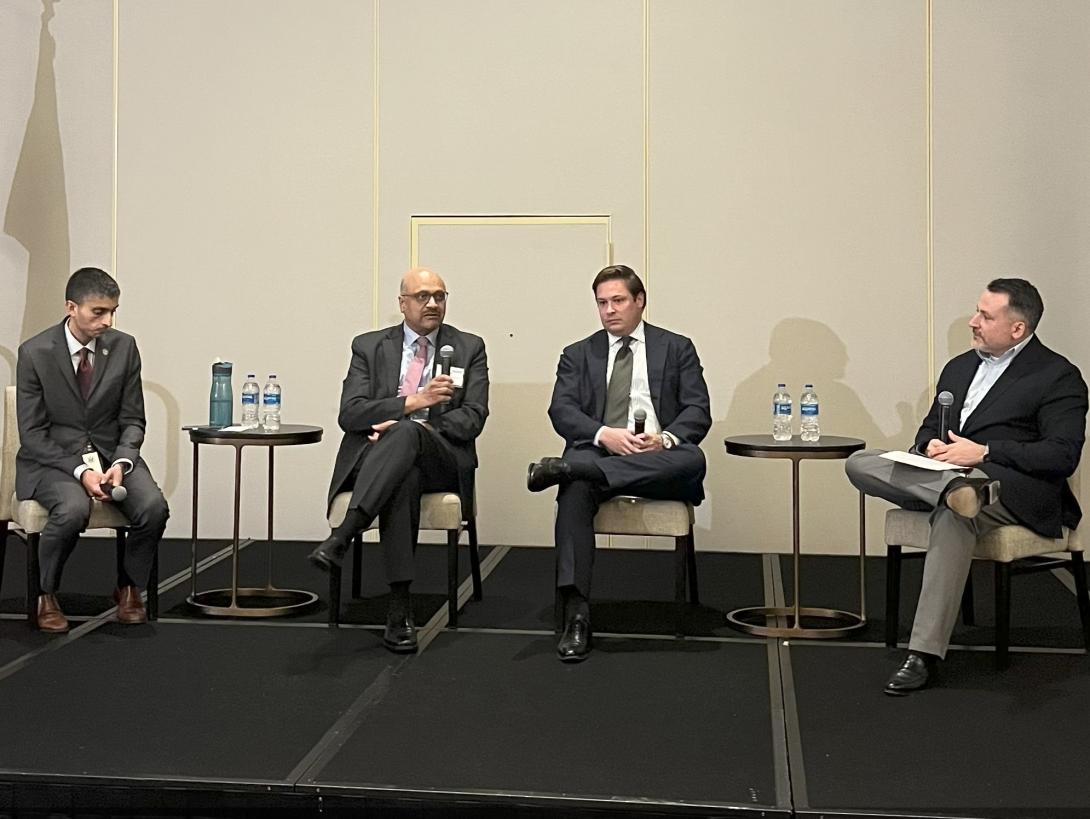The National Science Foundation’s TIP Directorate Drives U.S. Innovation Strategy
Experts at TechNet Emergence emphasized the urgency of U.S. investment in artificial intelligence (AI) infrastructure, highlighting data centers, power supply and the need to accelerate innovation amid rising pressure from China.
“How do we maintain competitiveness? Well, you do so by investing in technology development,” said Erwin Gianchandani. “And you do so most importantly, by thinking about the talent base of this country.”
Gianchandani is the assistant director for science, innovation and partnerships at the U.S. National Science Foundation (NSF). He joined the closing panel at TechNet Emergence to highlight the NSF’s role in advancing the national innovation strategy.
“There are a number of these technology areas that are priorities for us at NSF—AI, quantum, biotech, all very much aligned with the administration's priorities as well,” he said.
The NSF established the Directorate for Technology, Innovation and Partnerships, or TIP, through the CHIPS and Science Act in 2022. It was the first new unit within the NSF in more than 30 years.
TIP represents a new approach to innovation policy, designed to be more agile than traditional research funding models.
“Prior to the establishment of TIP, we had directorates that focused on different areas of science, biology, computer science, math and physical sciences, engineering,” said Gianchandani. “[TIP] is a new unit with a new flavor that really is about trying to accelerate research to impact.”
Gianchandani shared the directorate's three key pillars: a focus on technology development and technology translation, a focus on growing regional economies across the country, and a focus on talent creation and workforce development.
"We don't spend enough time talking about the talent base,” he said.
“This is an entire ecosystem of talent and jobs and job types that we need to figure out how we're going to fill, and we have that talent here in the U.S., but we don't necessarily have the educational offerings,” said Gianchandani. “We don't necessarily have the stackable credits. We don't necessarily have the certificate programs quite where they need to be to be able to excite and engage folks and keep them engaged.”

We funded 27 of these AI institutes to the tune of more than half a billion dollars, and they involve more than 150 partnering organizations all around the country.
The goal is to equip U.S. citizens to become fully engaged, skilled contributors who can lead the nation’s AI efforts.
The NSF invests about $800 million a year in AI, from research to infrastructure to workforce development. Since 2019, the NSF has funded 27 artificial intelligence research institutes across the United States.
“We funded 27 of these AI institutes to the tune of more than half a billion dollars, and they involve more than 150 partnering organizations all around the country.”
To stay competitive on the global stage with rising pressure from China, the United States must not only invest in cutting-edge AI infrastructure but also build a robust talent pipeline through improved workforce development.
TechNet Emergence is organized by AFCEA and supported by the U.S. Department of Defense, The MITRE Corporation and the National Science Foundation. SIGNAL Media is the official media of AFCEA International.





Comments